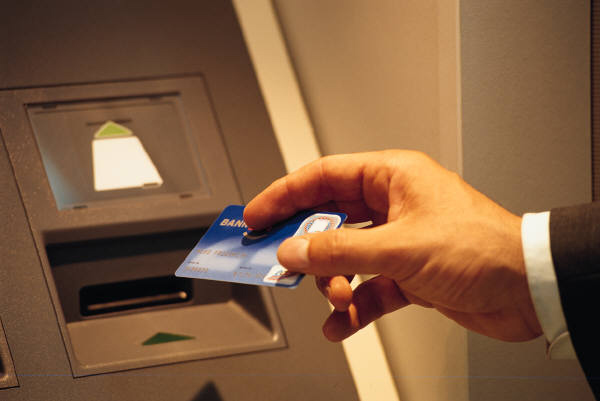Many people use a credit card for convenience, purchase rewards, and more. Another valuable feature inherent with the handy slips of plastic is the limitation of personal liability against unauthorized charges. The limitation has limitations, however, and requires an important step on the part of the cardholder to protect that power.
The number of credit cards statements mailed to cardholders in America continues to diminish each year as more people switch to online alternatives. The reasons to switch to digital versions are many, including protecting the environment, reducing monthly fees charged by banks, receiving electronic statement signup bonuses, and others. There is a hidden cost that many overlook when signing up for electronic statements, however, and it’s one that shouldn’t be ignored.
When a paper statement arrives in the mail, it’s touched by the recipient. It’s a physical reminder that the account exists and that a collection of charges are on the bill that should be reviewed. The chances of someone opening that statement are far greater than if someone has to go through the process of logging into an account online to review it. Couple digital statements with automatic minimum payments drawn from a checking account and some credit card holders may never know if there are one or more unauthorized charges on their accounts.
Unauthorized charges could come from a company someone does business with. The company may inadvertently overbill an account or charge the account twice for the same transaction. It might also charge a person for a product or service a person didn’t want, but may have inadvertently agreed to when signing up for an offer. Unauthorized charges may also come from a thief who stole a person’s credit card information.
Whatever the reason for the unauthorized charge, a card holder has a time limit to dispute it. If that time limit is exceeded when a person discovers the charge, that individual may be on the hook for repaying the amount of the charge. While time limits vary depending on the credit card company, the best way to avoid missing the dispute window is to regularly read the credit card statement.
It may not be necessary to receive a paper statement in the mail to review monthly charges, but it is a physical and convenient reminder that the task needs to be done. However you do it, be sure to regularly review your credit card statements each and every month. If you don’t, you may never pay off your credit card balance, but you’ll certainly have the gratitude of scammers and thieves who’ll be happy to continue taking your money at will.
